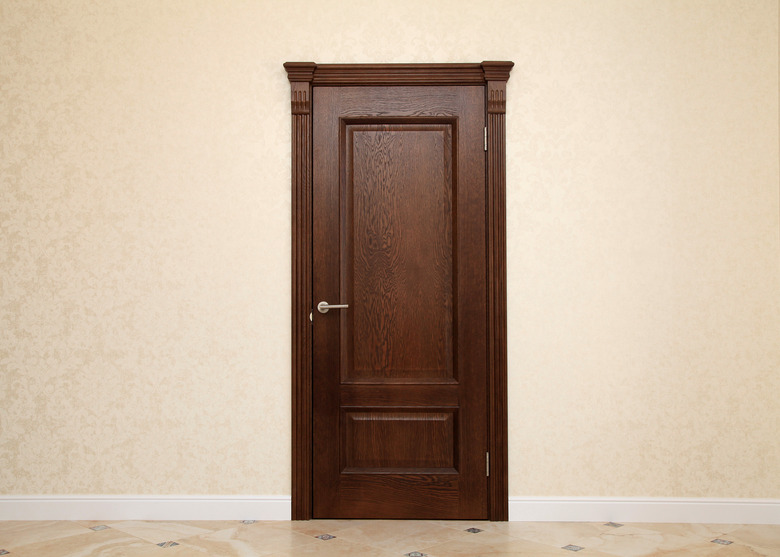What Are The Parts Of A Door Called?
Whether shutting a door for some privacy or opening a door to begin a new adventure, doors are an integral part of daily life. How much do you really know about doors, and what are all the parts of a door called? Why do they matter?
Interior vs. Exterior Doors
Interior vs. Exterior Doors
Some parts of interior and exterior doors are shared. They both have knobs and sometimes have panels and rails. However, there's a big difference. Interior doors are hollow and intended for privacy, while exterior doors are insulated to protect against weather and sound.
Styles of Doors
Styles of Doors
Some parts and the number of them depend upon a door's configuration. There are at least a dozen styles of doors comprising a variety of different panels, panel sizes and layouts. Plus, there are single doors and double doors. In the instance of double doors, one door tends to usually be closed or inactive, while the other is the one commonly used, which is called the active door.
Door Anatomy: Glossary
Door Anatomy: Glossary
Door
The entire contraption that opens and closes is the door. What it's mounted to that affixes to the wall is the frame.
Threshold A threshold can be slightly raised or set flush with flooring, but it's the part that crosses underneath the bottom of the door, on the floor and extending to both sides. It sits on top of the bottom of the door frame, called the sill.
Trim Also called moulding and casing, this is the woodwork or finishing applied around the frame of the door. Width is largely a matter of preference but is typically between 2.5- to 3.5-inches wide. It's both functional and decorative, finishing the appearance of the door but also covering gaps between the drywall and the inset frame.
Hinges Common on all doors except interior pocket-style doors, hinges are the mechanisms that allow a door to swing open or closed, with a minimum of two, often three along one side, usually the left side on single doors. In homes, they tend to be one-way, typically swinging into a room as opposed to the hallway for practicality but also safety. A hinge is comprised of two flat plates called leaves that connect via a long pin that slides down through knuckles. The knuckles hold the pin in place and allow the door to swing.
Lockset Also known as hardware, this is everything used that secures, keeps closed or locks the door. The lock and knob or handle typically come as a set sold in a single package. In many places today, the accessibility codes require handles or levers rather than knobs. The door is sold with a predrilled hole for installing the lockset.
Stops This is wood or metal that runs up the frame that prevents the door from swinging further.
Stiles, Panels and Rails Strips that cross over the top and bottom of the door are called rails, top rail or bottom rail, and if there is one across the middle to where the lock is installed, it's a lock rail. They connect perpendicularly with wide strips that run up either side of the door, called stiles. The one on the side of the lockset is called the lock stile. A center stile-like strip is a muntin. Panels are the decorative recessed or flat sections in between the stiles and rails. Six- or four-panel doors are extremely common, but number of panels vary widely.
Lite This is a window or glass pane in a door. A full-lite door is one that only has stiles and a top/bottom rail and the lockset, with the rest of the door being glass.
Jamb This is the inside of the casing or frame to which the hinges are affixed, and it supports the weight of the swinging or stationary door.
